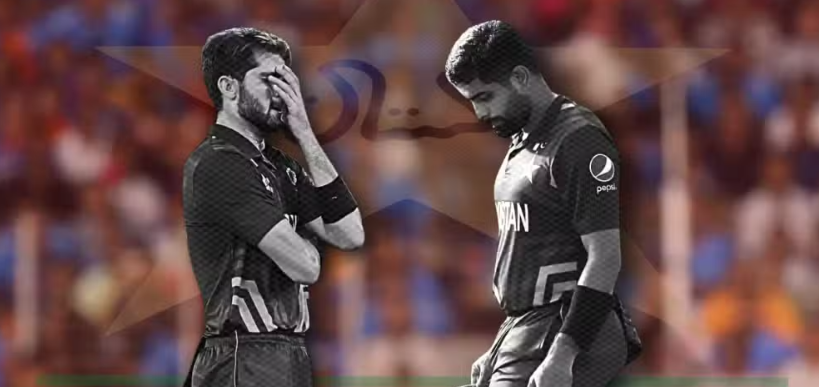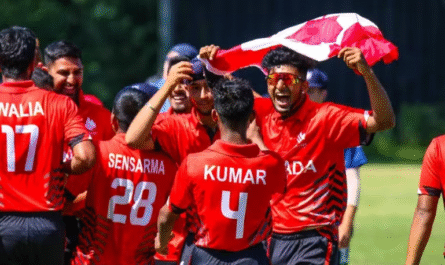Pakistan cricket has long been a rollercoaster—full of highs that ignite national pride and lows that spark outrage. From winning the ICC Champions Trophy in 2017 to recent humiliating defeats across all formats, the inconsistencies have become a defining feature of the team. But what’s really going wrong with Pakistan cricket?
1. Lack of a Long-Term Vision
One of the major issues is the absence of a long-term cricketing strategy. Team selections, captaincy decisions, and coaching appointments are often reactive rather than proactive. There is no consistent roadmap from the junior to the senior level, and talent development lacks the nurturing required to build world-class players.
What’s Really Going Wrong With Pakistan Cricket.
2. Overhaul After Every Loss
Every defeat in a major tournament triggers mass changes: captains are sacked, selectors are fired, and management is shuffled. This panic-driven approach destroys team cohesion. No winning culture can take root in an environment where players and staff constantly operate under threat of removal.
3. Inconsistent Selection Policies
Meritocracy is often questioned in Pakistan cricket. Players are either selected too early or discarded too soon. Some are picked on past reputation, others because of influence. This inconsistency disrupts team balance and demoralizes genuine performers who are waiting for a fair chance.
4. Fitness & Fielding Standards
While cricket has evolved globally, especially in terms of fitness and fielding, Pakistan still lags. Dropped catches, sluggish running between wickets, and frequent injuries remain a concern. Poor fitness standards reflect a lack of accountability and professionalism at the domestic level.
5. Mental Fragility Under Pressure
Pakistan cricket teams often crumble under pressure. This mental fragility—whether in chasing targets, surviving the last overs, or defending totals—shows a lack of psychological conditioning. Winning teams are not just technically skilled; they are mentally tough.
6. Political Interference
The Pakistan Cricket Board (PCB) is no stranger to political appointments. Frequent changes in leadership due to government influence hinder continuity. Cricket boards around the world succeed because of autonomy. Pakistan’s administrative instability only trickles down to the team level.
7. Underutilized Domestic Structure
Pakistan has immense raw talent, but the domestic structure fails to polish it. Stadiums are empty, pitches are subpar, and players earn little. Instead of becoming a breeding ground for talent, domestic cricket in Pakistan often serves as a dead end.
8. Poor Use of Modern Analytics
Modern cricket thrives on data—matchups, conditions, player statistics, and advanced analytics. Pakistan’s team strategies often appear outdated and gut-based, ignoring tools that top cricketing nations use to gain competitive edges.
9. Lack of Leadership Continuity
Since the retirement of stalwarts like Misbah, Younis, and Afridi, Pakistan has struggled to find a dependable leader. Captains are rotated frequently, and with each new leader, a different strategy is implemented. This inconsistency hurts team performance and player confidence.
10. Fan and Media Pressure
Cricket is not just a sport in Pakistan—it’s an emotional outlet. With such a passionate fan base, media frenzy after every loss is inevitable. This adds to player anxiety, often leading to underperformance on the field.
Conclusion
Pakistan cricket doesn’t suffer from a lack of talent—it suffers from mismanagement. The country continues to produce exciting players with world-class potential. But unless the system adopts professionalism, vision, and consistency, Pakistan will continue to fluctuate between moments of brilliance and extended periods of mediocrity.



